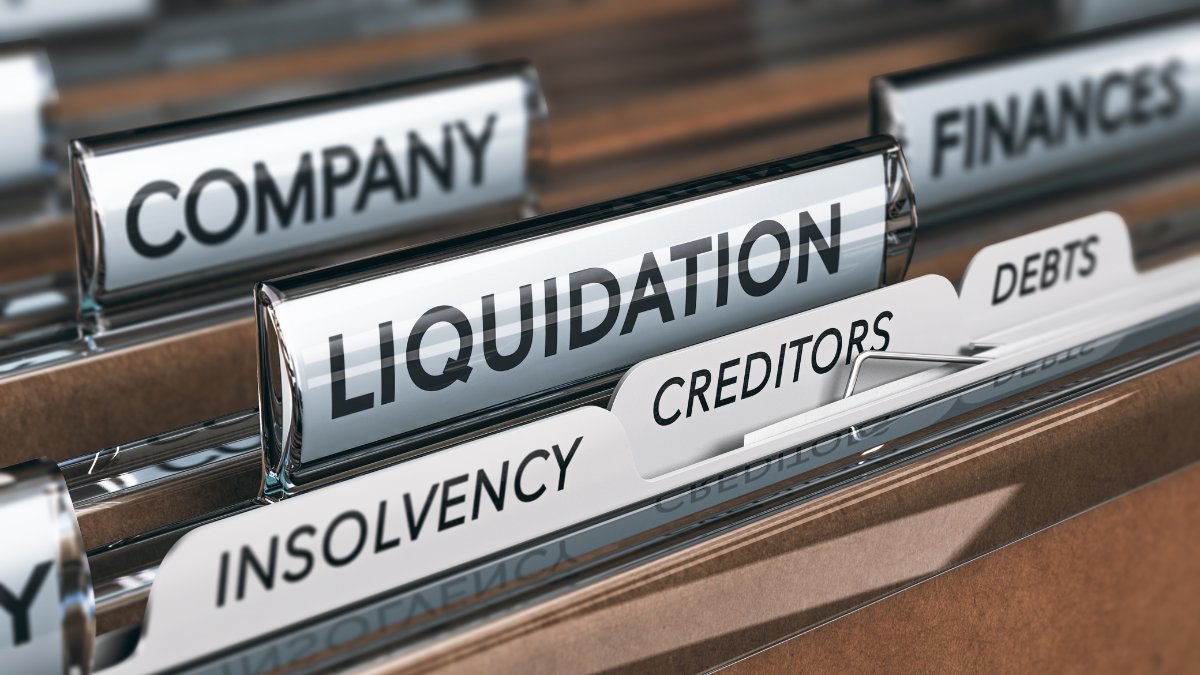Members’ Voluntary Liquidations – How Recent Tax Changes Could Influence Demand

Members’ voluntary liquidations (MVLs) have long been a popular route for directors looking to close a solvent company in a tax-efficient way. In recent years, however, shifts in capital gains tax (CGT) rates and changes to Business Asset Disposal Relief (BADR) have altered the financial landscape – and with it, the level of interest in MVLs.
MVLs at a glance
An MVL is a formal process for winding up a solvent company. It allows surplus funds to be distributed to shareholders as capital rather than income, meaning they are subject to CGT rather than income tax. For many directors, this has historically been the most tax-efficient way to extract profits on closure, particularly when qualifying for BADR (previously Entrepreneurs’ Relief), which offered a significantly reduced CGT rate.
The tax landscape is changing
From late 2024 onwards, a series of staged increases to CGT has been gradually reducing the tax advantage of MVLs:
- Since 30 October 2024, CGT rates for most assets have increased from 10% and 20% to 18% and 24%.
- As of 6 April 2025, the BADR rate has risen from its long-standing 10% to 14% for qualifying gains.
- A further increase to 18% is scheduled for 6 April 2026.
By the 2026/27 tax year, BADR will have lost almost half of its former rate advantage. For some business owners, this may prompt action sooner rather than later to lock in lower tax rates before the increases take full effect.
Is an MVL still worthwhile?
While the tax savings may not be as substantial as before, an MVL remains an attractive option for solvent companies with retained profits of at least £25,000. For many directors, it is still more cost-effective than withdrawing funds as income, even with higher CGT rates.
However, the timing of a liquidation is now more important than ever. Directors planning to close their companies in the next few years may wish to accelerate those plans to benefit from the lower rates still available in 2024/25.
Economic factors at play
Demand for MVLs is also influenced by wider market conditions. Economic uncertainty can push directors to realise the value of their businesses sooner, safeguarding against potential downturns – as seen during the pandemic. In contrast, strong trading conditions may encourage directors to cash out at a peak, maximising returns.
Key takeaways
The appeal of an MVL hasn’t disappeared, but tax changes mean business owners need to be more strategic about timing. For solvent companies, it can still be the most efficient exit route – provided the numbers stack up. Careful planning with professional advice will ensure directors make the most of the reliefs still available before they diminish further.
How we can help
If you’re considering closing a solvent company and want to understand whether a members’ voluntary liquidation is the most suitable route for your circumstances, our team at Bretts Business Recovery can help. We’ll take the time to review your position, explain the tax and financial implications, and guide you through the process from start to finish.
To arrange a confidential, no-obligation discussion, call us on 0808 168 7540 or email enquiries@brettsbr.co.uk